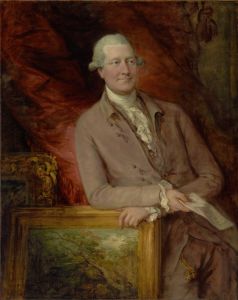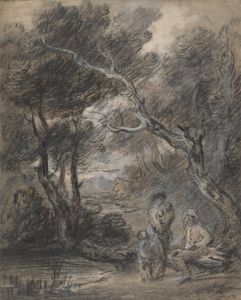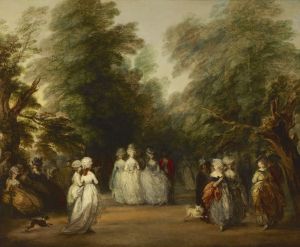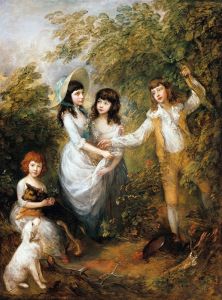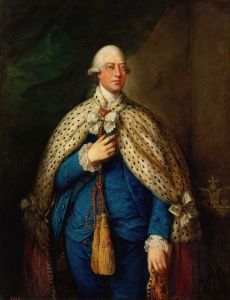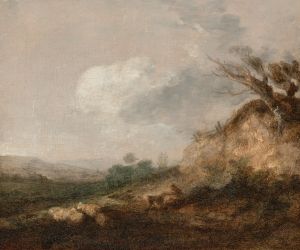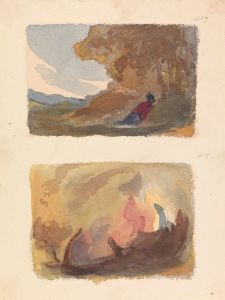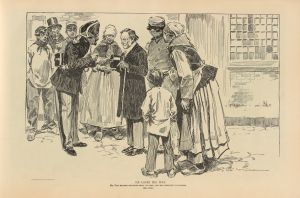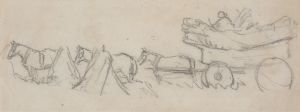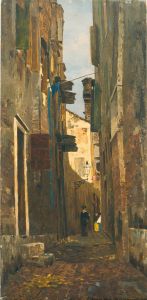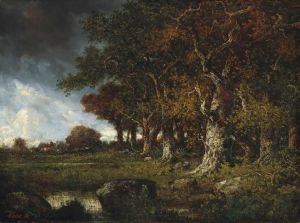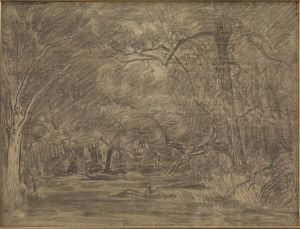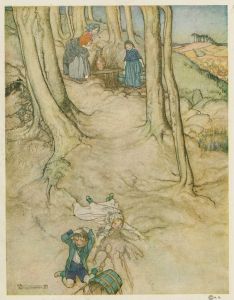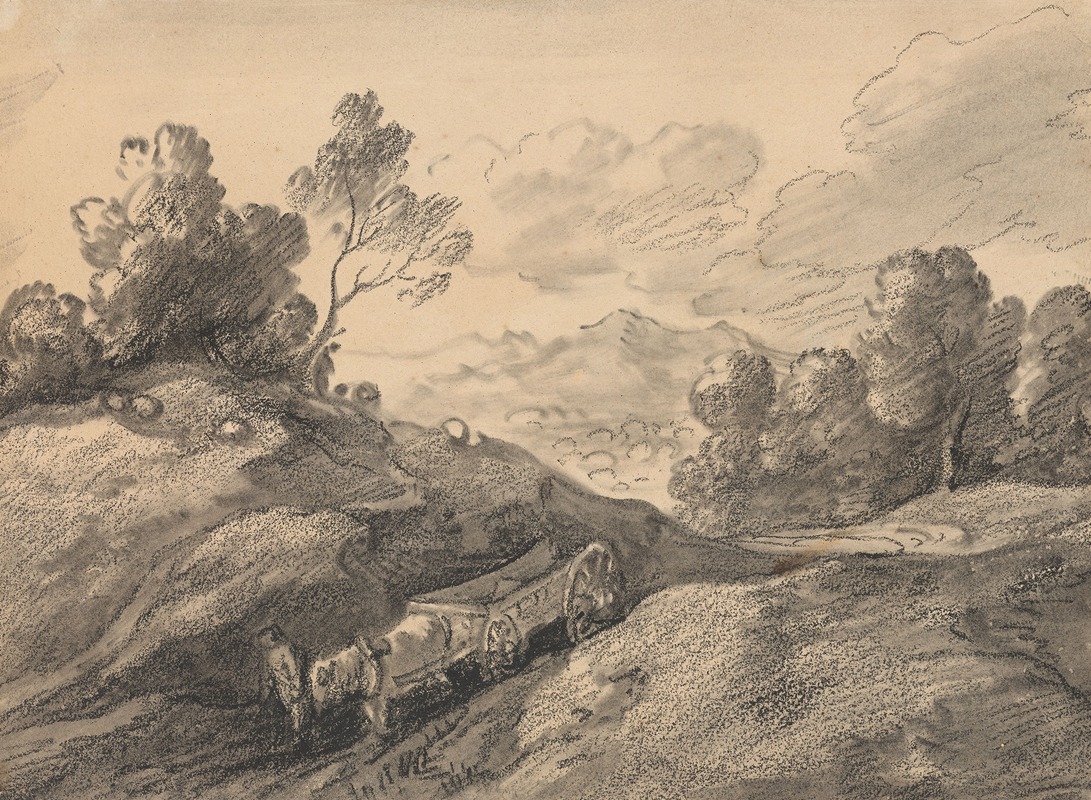
Landscape with Horse and Cart Descending a Hill
A hand-painted replica of Thomas Gainsborough’s masterpiece Landscape with Horse and Cart Descending a Hill, meticulously crafted by professional artists to capture the true essence of the original. Each piece is created with museum-quality canvas and rare mineral pigments, carefully painted by experienced artists with delicate brushstrokes and rich, layered colors to perfectly recreate the texture of the original artwork. Unlike machine-printed reproductions, this hand-painted version brings the painting to life, infused with the artist’s emotions and skill in every stroke. Whether for personal collection or home decoration, it instantly elevates the artistic atmosphere of any space.
Thomas Gainsborough's "Landscape with Horse and Cart Descending a Hill" is a notable example of the artist's landscape paintings, which were highly regarded during his lifetime and continue to be celebrated today. Gainsborough, an English painter born in 1727, is best known for his portraits and landscapes, and he was a founding member of the Royal Academy of Arts. His landscapes, in particular, are praised for their naturalism and the way they capture the essence of the English countryside.
"Landscape with Horse and Cart Descending a Hill" exemplifies Gainsborough's skill in depicting rural scenes with a sense of movement and atmosphere. The painting features a horse and cart making its way down a hill, set against a backdrop of lush greenery and expansive skies. Gainsborough's use of light and shadow, along with his loose brushwork, creates a dynamic composition that draws the viewer into the scene.
Gainsborough's landscapes were often inspired by the countryside around his native Suffolk and later, the areas surrounding Bath and London, where he lived and worked. His approach to landscape painting was influenced by the Dutch landscape tradition, particularly the works of artists like Jacob van Ruisdael and Meindert Hobbema, whose works he admired. However, Gainsborough's landscapes are distinct in their romanticism and the way they convey a sense of mood and emotion.
In "Landscape with Horse and Cart Descending a Hill," Gainsborough captures the tranquility and simplicity of rural life. The painting reflects his deep appreciation for nature and his ability to convey its beauty through art. The composition is carefully balanced, with the horse and cart serving as a focal point that guides the viewer's eye through the landscape. The rolling hills and the play of light across the scene add depth and dimension, creating a sense of realism and immediacy.
Gainsborough's technique in this painting, as in many of his landscapes, involves a delicate interplay of colors and textures. He often used a limited palette, focusing on earth tones and soft greens to evoke the natural environment. His brushwork is characterized by fluid, sweeping strokes that suggest movement and vitality, a hallmark of his style.
"Landscape with Horse and Cart Descending a Hill" is representative of Gainsborough's ability to blend observation with imagination. While his landscapes are rooted in real places, they often incorporate idealized elements that enhance their aesthetic appeal. This approach allows Gainsborough to create scenes that are both realistic and imbued with a sense of poetic beauty.
The painting is part of Gainsborough's broader body of work that has had a lasting impact on the development of landscape painting in Britain. His innovative techniques and his ability to capture the spirit of the English countryside have influenced generations of artists. Gainsborough's landscapes, including "Landscape with Horse and Cart Descending a Hill," continue to be admired for their artistic merit and their ability to evoke the timeless beauty of nature.
Overall, "Landscape with Horse and Cart Descending a Hill" is a testament to Thomas Gainsborough's mastery as a landscape painter. It reflects his unique vision and his contribution to the art of landscape painting, securing his place as one of the most important figures in British art history.





